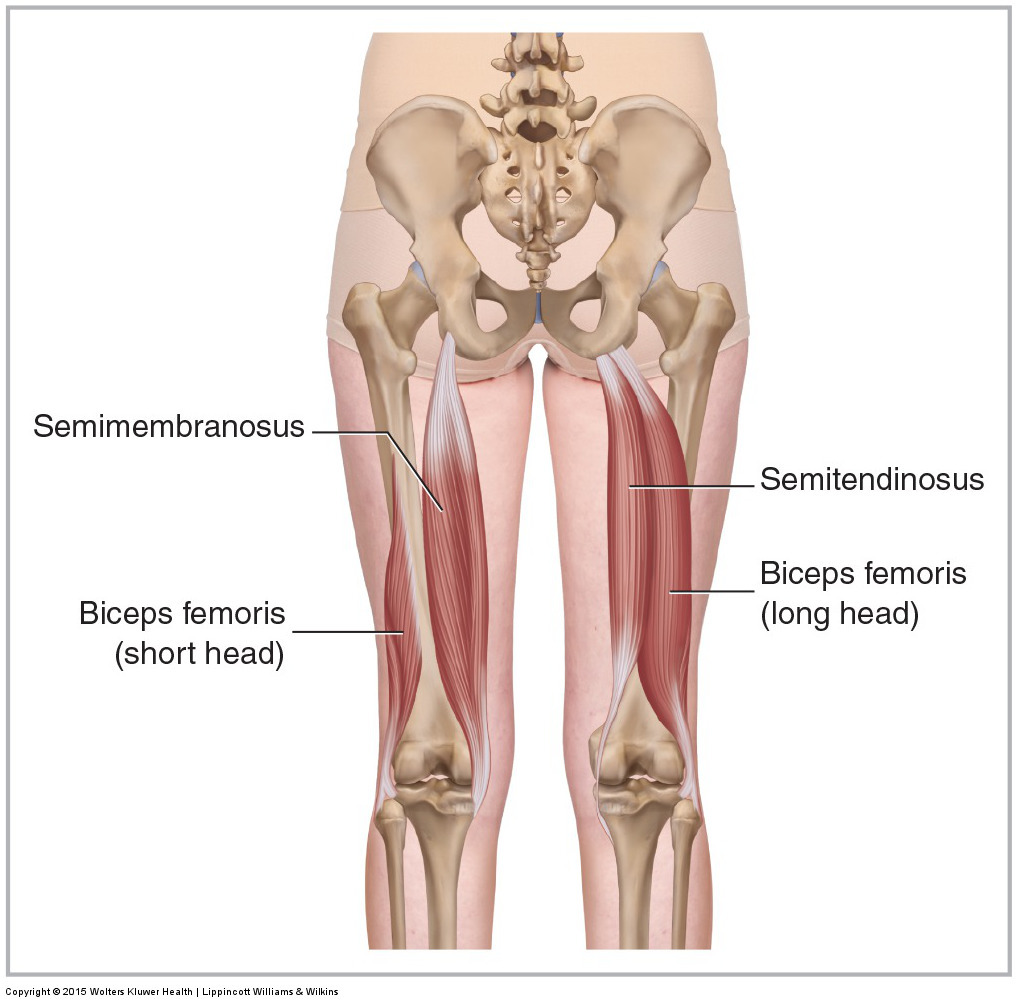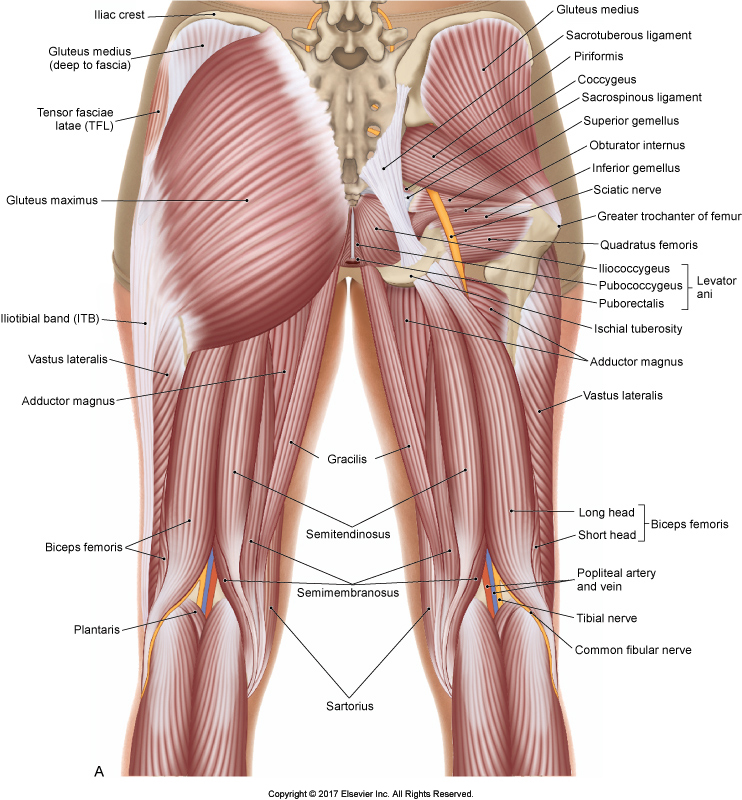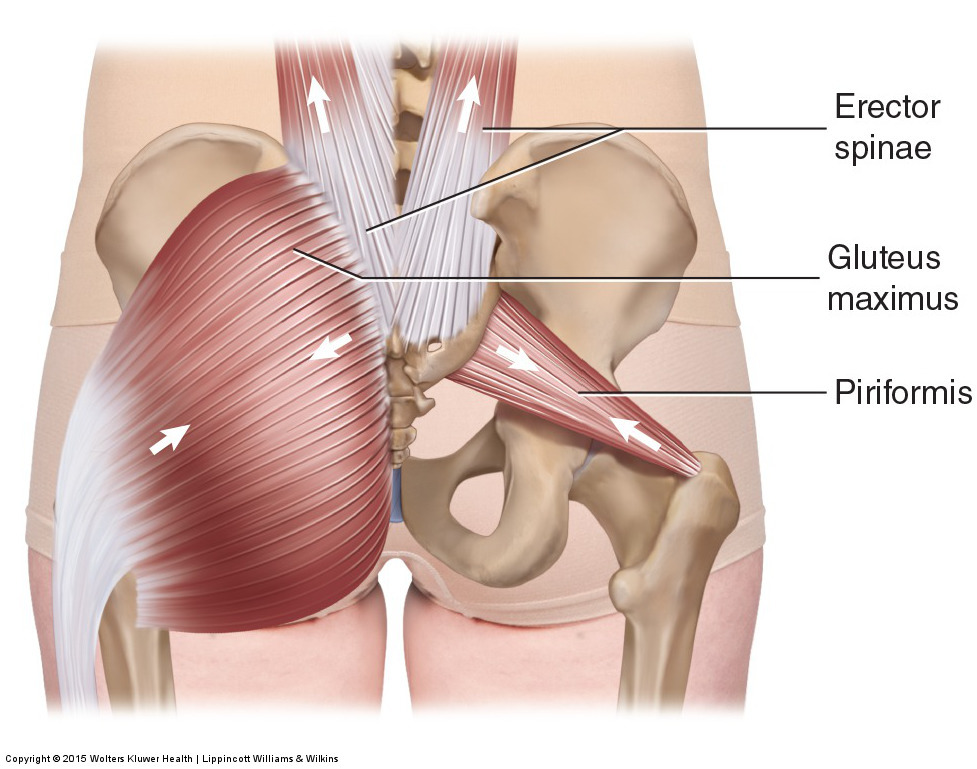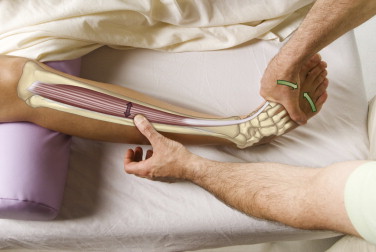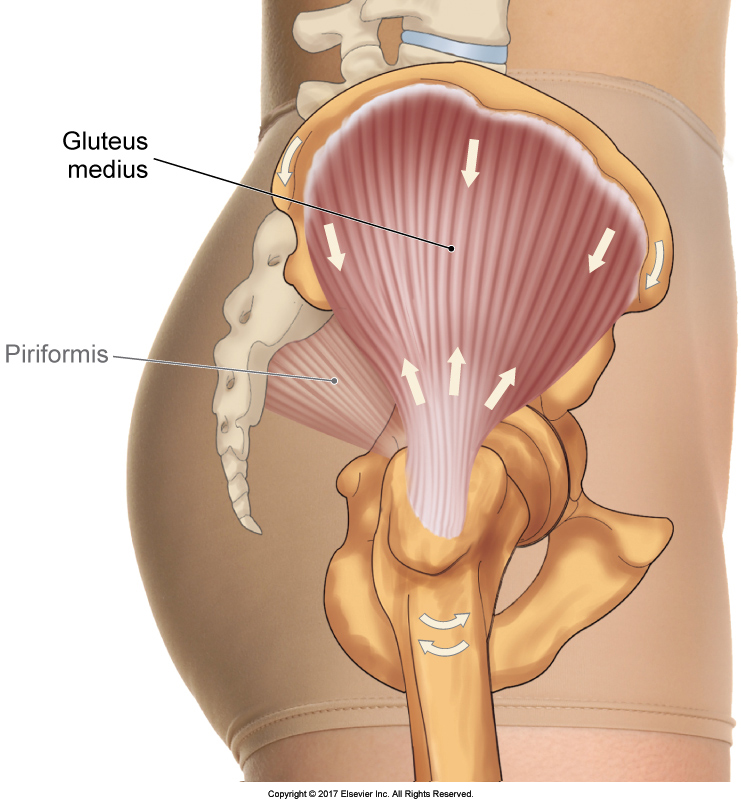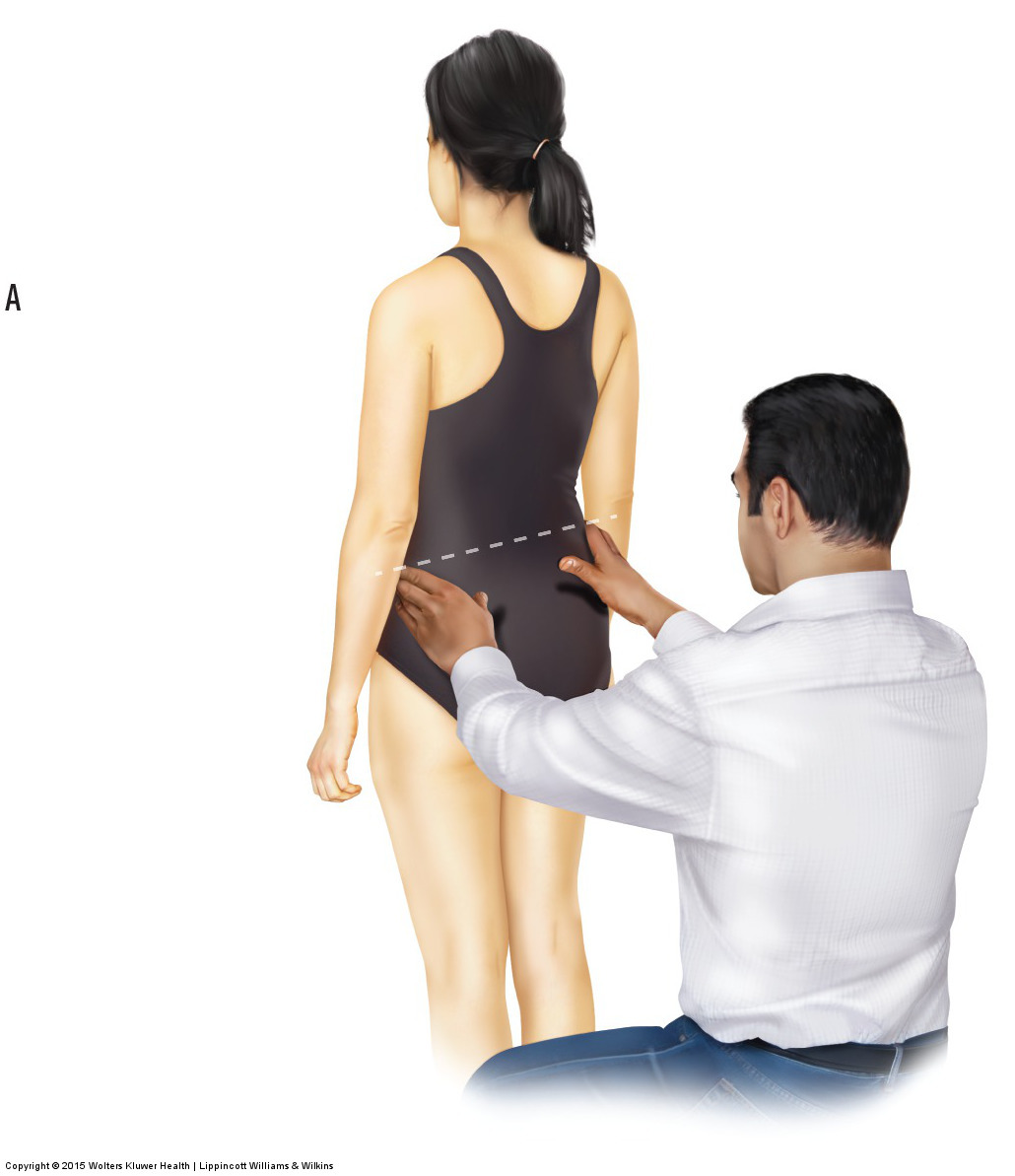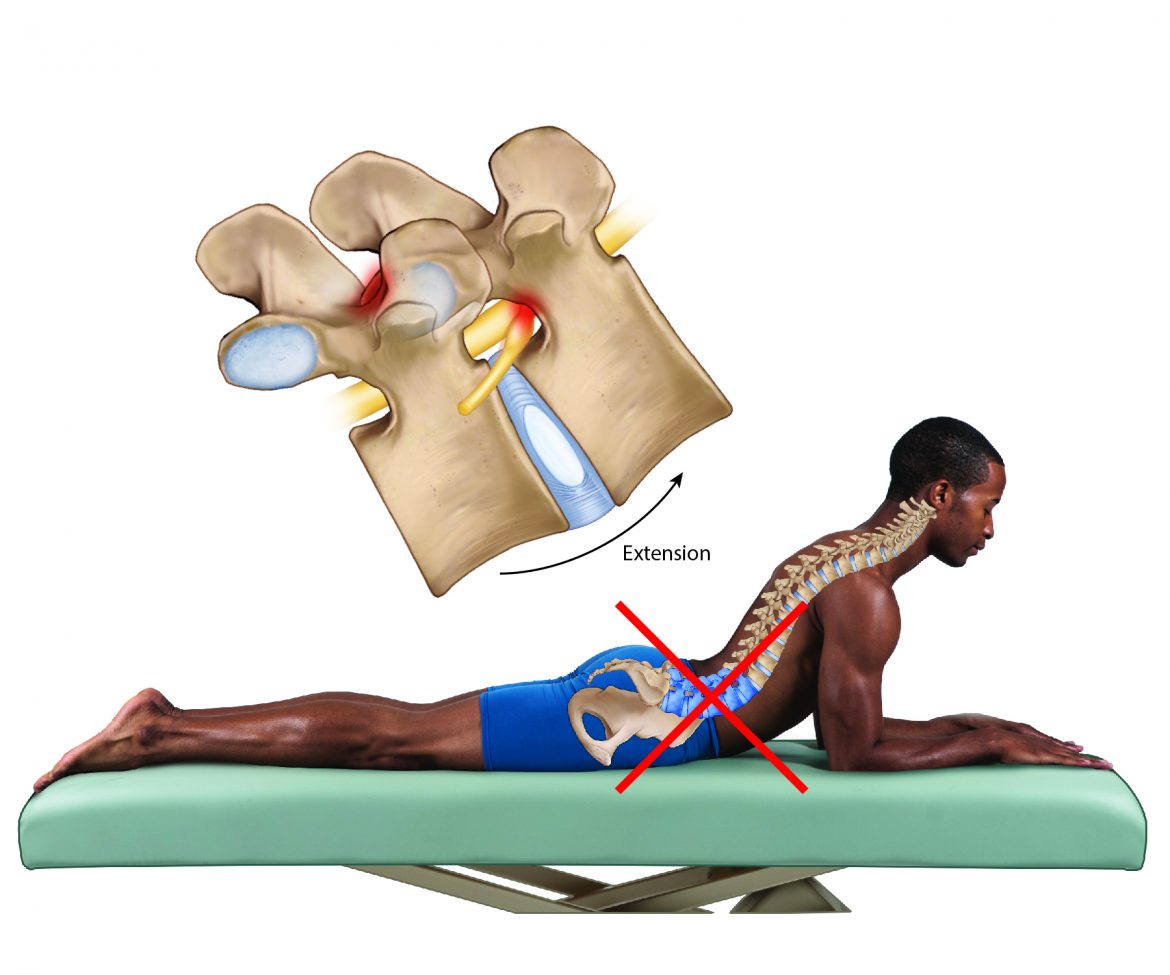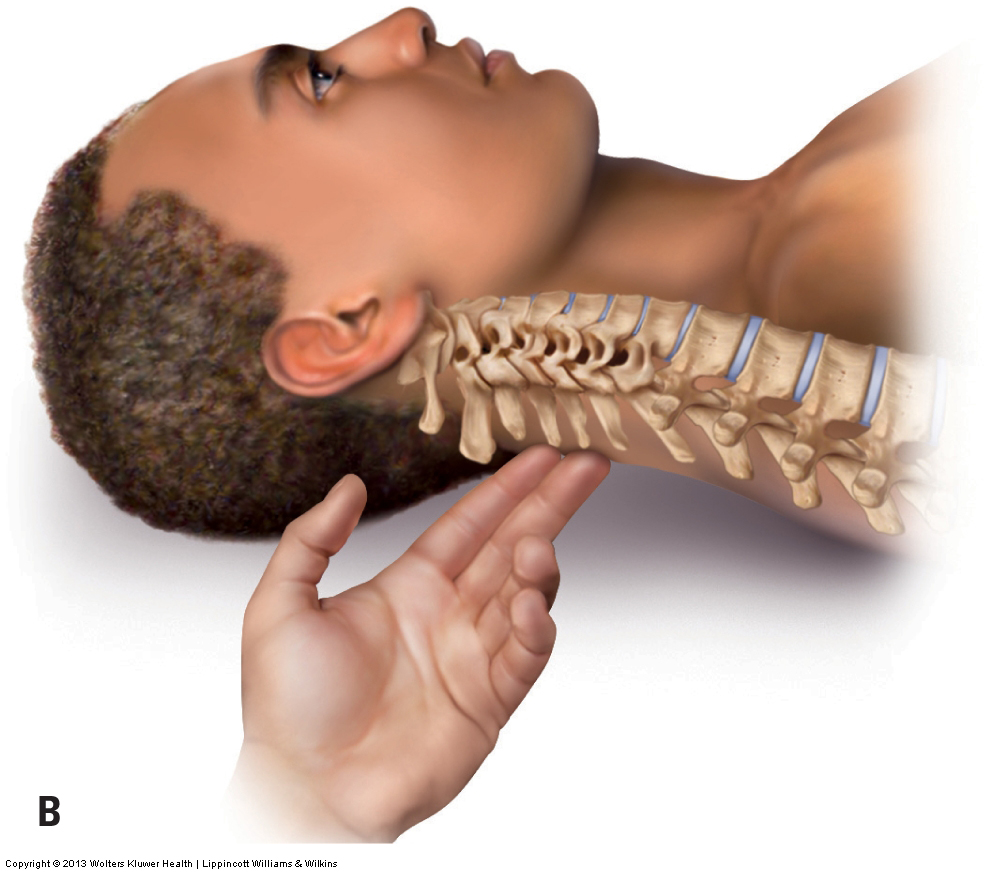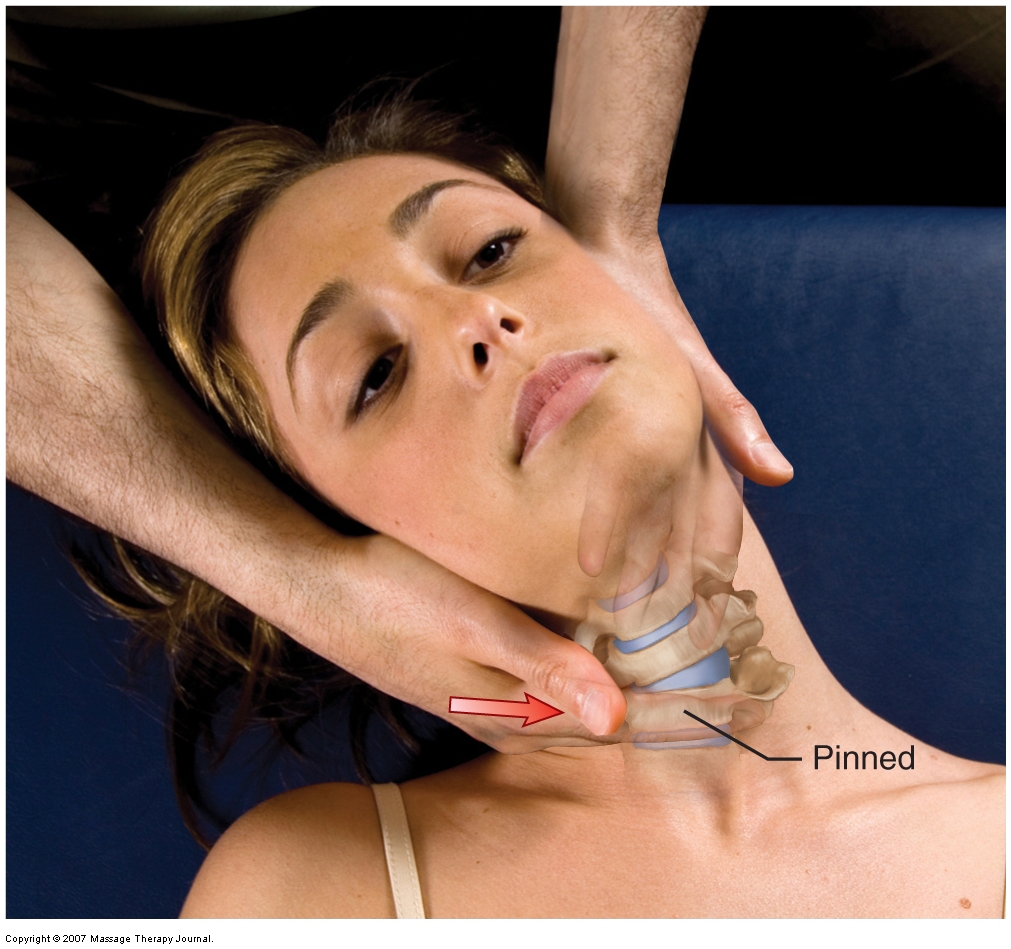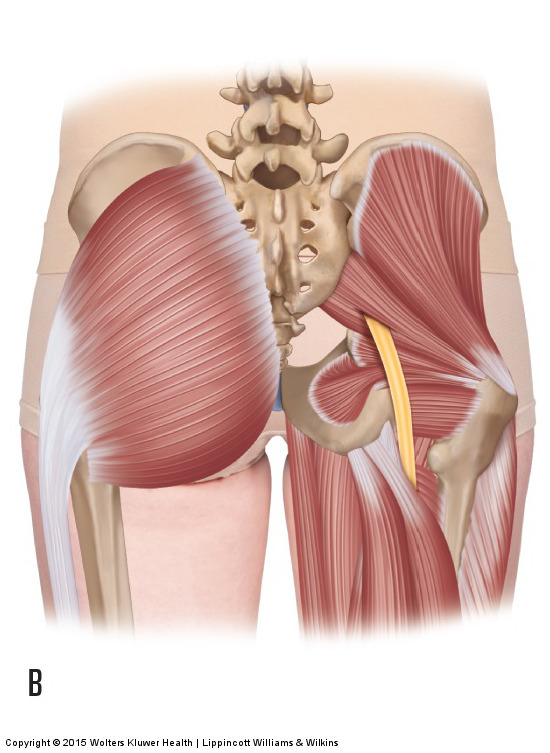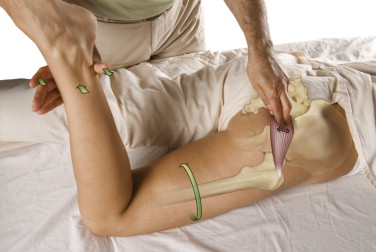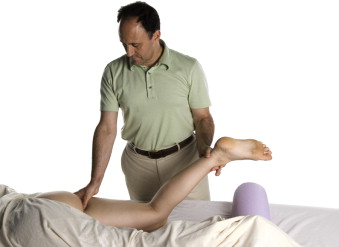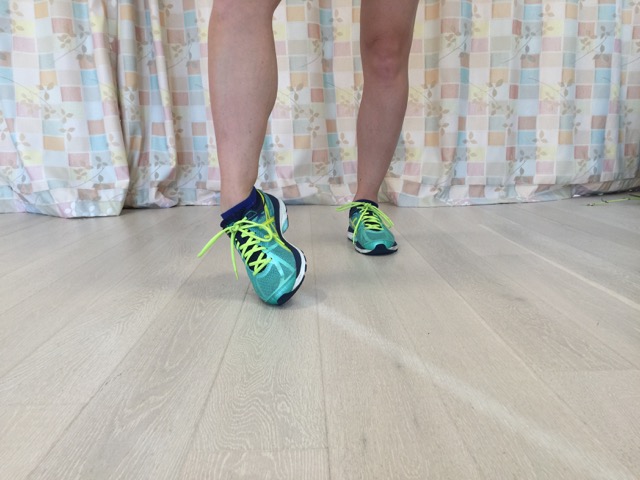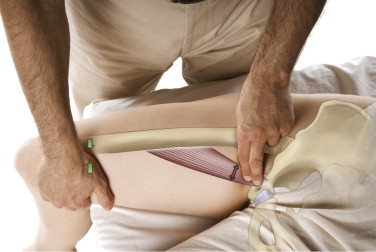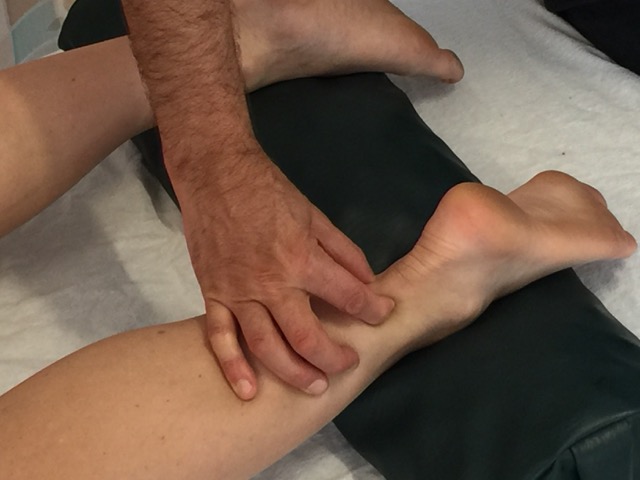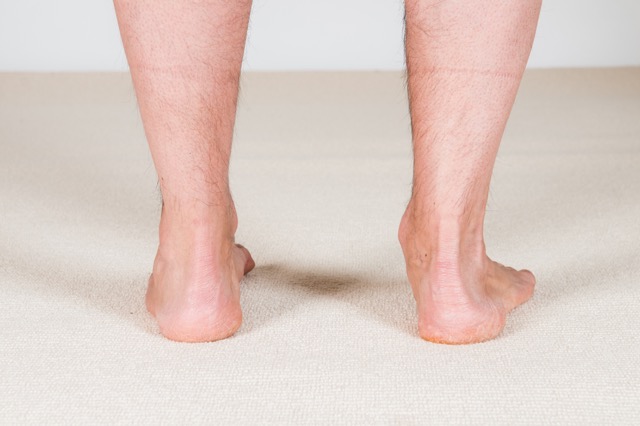I am creating a new blog post feature to my content called Ask Dr. Joe, or perhaps better put, Ask Me Anything*. With Ask Me Anything, you can write to me by email ([email protected]) and ask me any question about: …
Muscle Anatomy Master Class (MAMC)
Muscle Anatomy Master Class (MAMC) is the most comprehensive and detailed muscle anatomy online video class in the world!
Five Muscles of Sacroiliac Stabilization – Part 3 – Hamstrings
The connection between the hamstrings and the sacroiliac joint is through what is known as the superficial back line myofascial meridian/anatomy train. If the hamstrings are tight, their tension pulling force will be exerted through the sacrotuberous ligament and onto the sacrum.
Five Muscles of Sacroiliac Stabilization – Part 2 – Coccygeus and Others
The coccygeus and levator ani are technically muscles of the pelvic floor, however, they are also muscles whose contraction forces cross the sacroiliac joint and therefore often tighten when a sacroiliac joint condition exists. The coccygeus attaches from the sacrum and coccyx to the ischial spine of the pelvic bone.
Five Muscles of Sacroiliac Stabilization – Part 1 – Piriformis
Even when the original reason for the sacroiliac stabilization is valid, often the human body overdoes it and tightens the musculature excessively and/or keeps it tight long after it needs to be, so the musculature becomes stuck in a chronic pattern of hypertonicity.
What are the signs and symptoms of and how do we assess shin splints?
For anterior shin splints, physical exam should include palpation of the tibialis anterior and the rest of the dorsiflexor musculature of the leg.
Clinical Tests for Gluteal Tendinopathy in Patients with Lateral Hip Pain
Patients with lateral hip pain on Single Leg Stance and who are not palpably tender over the greater trochanter are unlikely to have gluteal tendinopathy.
Muscle and Bone Palpation of the Low Back and Pelvis
No assessment procedure is more important to the manual therapist than bone and muscle (myofascial) palpation.
Introduction to Assessment of the Low Back and Pelvis
Treatment should never be administered without a diagnosis. In the world of manual therapy, treatment should only be performed if an assessment is made.
Palpation Assessment of the Neck
Perhaps no assessment procedure is more important to the manual therapist and integral to musculoskeletal (myofascioskeletal) assessment than palpation.
Overview of Physical Examination Assessment of the Neck
If a physical examination assessment test creates signs/symptoms of the condition, it is positive and the therapist knows that tissue is unhealthy.
Signs, symptoms, and assessment (diagnosis) of piriformis syndrome
Piriformis syndrome causes compression upon the sciatic nerve; therefore it causes symptoms of sciatica, similar to sciatic nerve entrapment at the spine.
Manual Therapy Certification for Massage Therapists
There are two major reasons why a massage therapist should consider working toward and earning a Continuing Education Certificate in Manual Therapy.
Signs, symptoms, and assessment (diagnosis) of hamstring strain?
The most common symptom of hamstring strain is pain at the site of the strain. When acute the pain is sharp; when chronic, the pain is usually dull.
Signs, symptoms, and assessment (diagnosis) of ankle sprain
When an inversion sprain is acute, the typical signs and symptoms are pain and swelling (inflammation) in the lateral ankle near the lateral malleolus.
How do we assess (diagnose) a client with Adductor Strain?
During the acute phase of an adductor strain, active adduction range of motion and manual resistance to adduction will increase the client/patient’s pain.
Signs, symptoms, and assessment (diagnosis) of Achilles tendon disorders
The most common symptom of Achilles’ tendinitis is pain at the Achilles tendon. Pain is usually not present at rest, but will be evident upon palpation.
Signs, symptoms, and assessment (diagnosis) of overpronation
The first and most obvious sign of overpronation is a flat foot / dropped arch. A supple flat foot loses the arch only when weight bearing.



